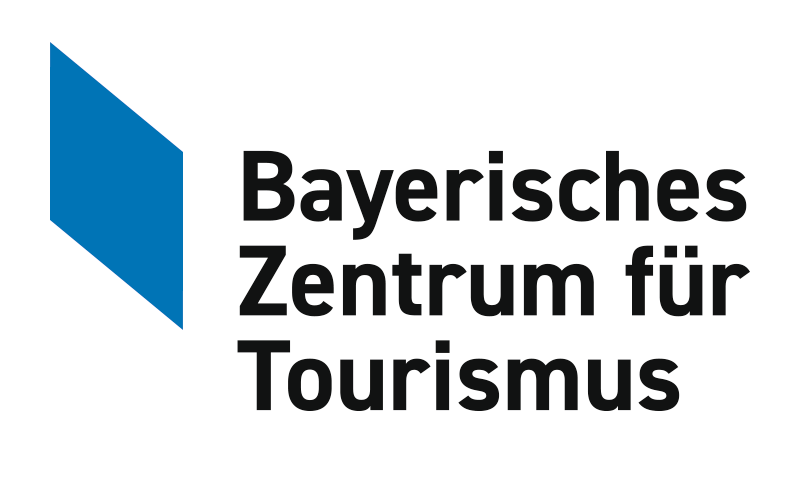
Changes in thermal comfortable condition in the Qinghai‒Tibet Plateau from 1979 to 2020
Qinghai‒Tibet Plateau (QTP) is one of the most sensitive regions to climate change in the world. As a result, people in the QTP are more likely to be sensitively affected by climate change than those in other regions, particularly in the poverty area. Using the Universal Thermal Climate Index (UTCI) derived from ERA5 and population data, changes in annual thermal comfort condition and population under such condition in the QTP are systematically analyzed. The results reveal that there is considerable regional heterogeneity in the distribution of UTCI and the number of comfortable days (CDs), mainly due to the complex geographic features. In most areas of the QTP, the increase in UTCI leads to an increased number of comfortable days. Spatial distribution and temporal change in the number of comfortable days are found to be principally related to altitude. In areas within altitudes of 3000–4500 m, the number of comfortable days increases by up to 6 d per decade, which is faster than that in higher elevation areas above 4500 m. Results also indicate that thermal comfortable condition has improved in areas of 2500–5000 m (medium to high altitude), particularly in spring and autumn. Further research indicates that population distribution also shows a regional clustering feature, with the majority of residents residing in cities and their vicinities, where a higher number of comfortable days were observed. Most areas with a greater number of comfortable days have experienced a more significant increase in population under thermal comfortable conditions. It implies that climate change more likely has a large influence on population in the QTP. These findings are expected to enhance tourism development and the assessment of the impact on the living environment. The findings can be helpful for optimizing of tourism development and better understanding how climate change affects population distribution.
